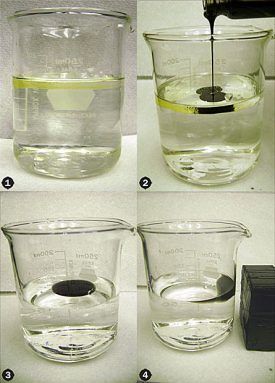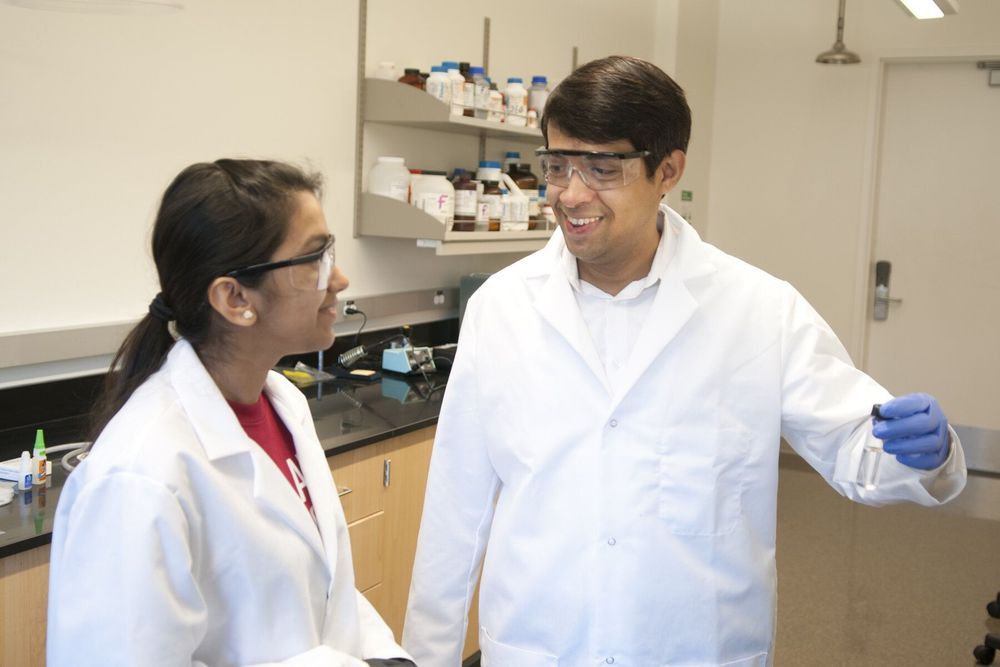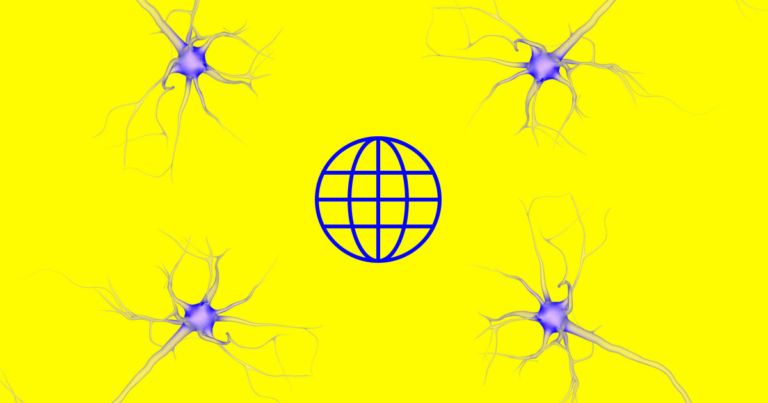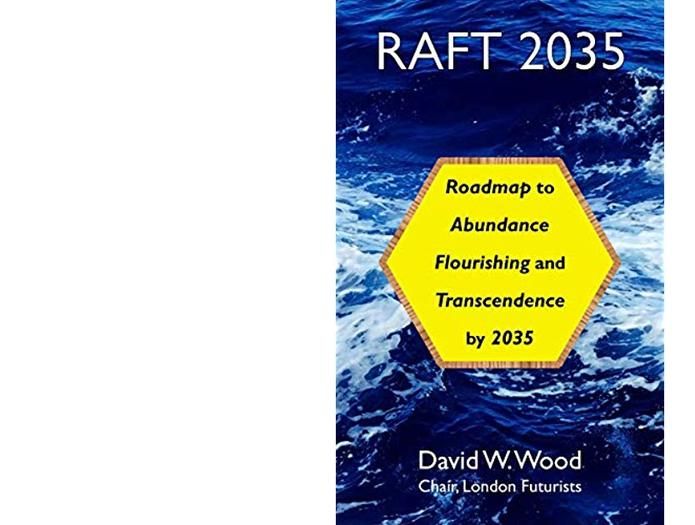You’ve probably seen some of the cool things magnets can do. Place one near a paper clip, and the clip zooms across the table toward the magnet. Hold one magnet near another, and the second one mysteriously darts in the opposite direction. If you didn’t know about science, magnet tricks might seem like magic tricks.
Now, scientists have discovered another magnetic trick. By mixing unbelievably small magnets with oil, bigger magnets can be used to move the oily globs around. The trick isn’t just cool to watch. Some day, the technique could help clean up messy oil spills in the sea mistakenly dumped by ships.
Researchers at Carnegie Mellon University in Pittsburgh make teeny tiny magnets out of two metals: iron and cobalt. Unlike the palm-sized magnets you may have played with in school, these magnets are measured in nanometers. One nanometer equals one-billionth of a meter. That may be hard to picture, so think of this: A human hair is about 80,000 nanometers wide.(Read this story to learn more.)








